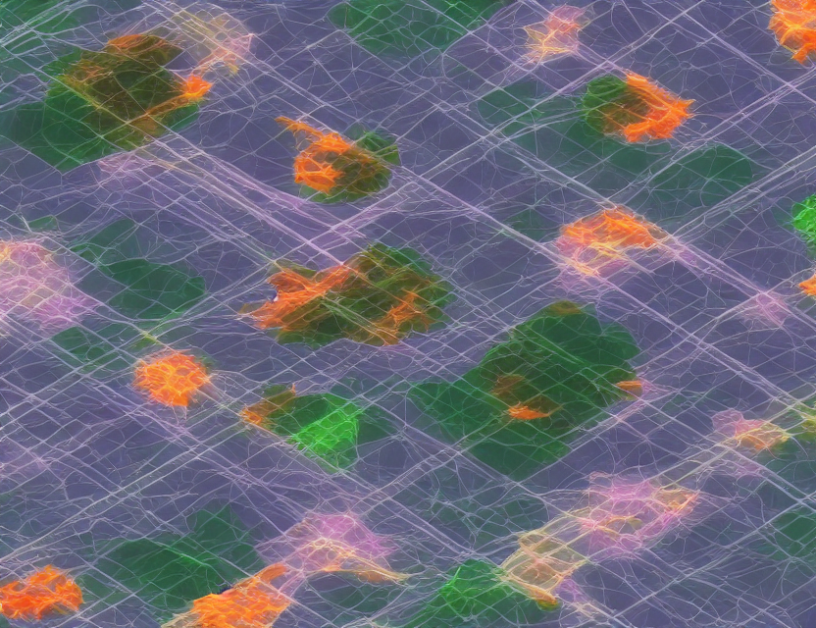What is Score-Based Generative Modeling?
Score-based generative modeling is a type of generative model that uses a specific SDE to transform a simple distribution (such as a standard normal distribution) into a more complex distribution. The SDE is time-reversed to generate realistic data samples from initial noise samples. This technique is based on the idea that the log likelihood of the model can be evaluated using the probability flow formula of Conjugate Gradient (CNFs).
Advantages of Score-Based Generative Modeling
- Faster computation: Score-based generative modeling is significantly faster than traditional simulating the reverse SDE methods. This is because the ODE solver can take advantage of adaptive techniques that reduce the number of score evaluations needed.
- Adaptive ODE solvers: The same ODE can be used to evaluate the log likelihood of the model by applying the probability flow formula of CNFs. This means that the ODE solver can be adapted to solve the associated ODEs, reducing the number of score evaluations needed and improving computational efficiency.
- Improved accuracy: Score-based generative modeling can generate more accurate data samples than traditional methods because it takes into account the geometry of the probability distribution. This is particularly important in applications where accuracy is critical, such as 3D object detection and pose estimation.
Algorithms for Score-Based Generative Modeling
To solve the associated ODEs, several algorithms can be used, including:
- Geometric ODE solvers: These solvers are adapted to solve the associated ODEs by taking into account the geometry of the probability distribution. This makes them particularly useful for solving the ODEs in score-based generative modeling.
- Adaptive ODE solvers: These solvers can adaptively adjust the number of steps needed to solve the associated ODEs, reducing computational complexity and improving accuracy.
- Monte Carlo methods: These methods use random sampling to estimate the solution of the associated ODEs. This makes them particularly useful for solving the ODEs in score-based generative modeling when the exact solution is difficult to obtain.
Conclusion
Score-based generative modeling is a powerful technique that uses a specific SDE to generate realistic data samples from initial noise samples. It has several advantages over traditional methods, including faster computation, adaptive ODE solvers, and improved accuracy. By using score-based generative modeling, researchers and practitioners can create more accurate and efficient models for 3D object detection and pose estimation.



